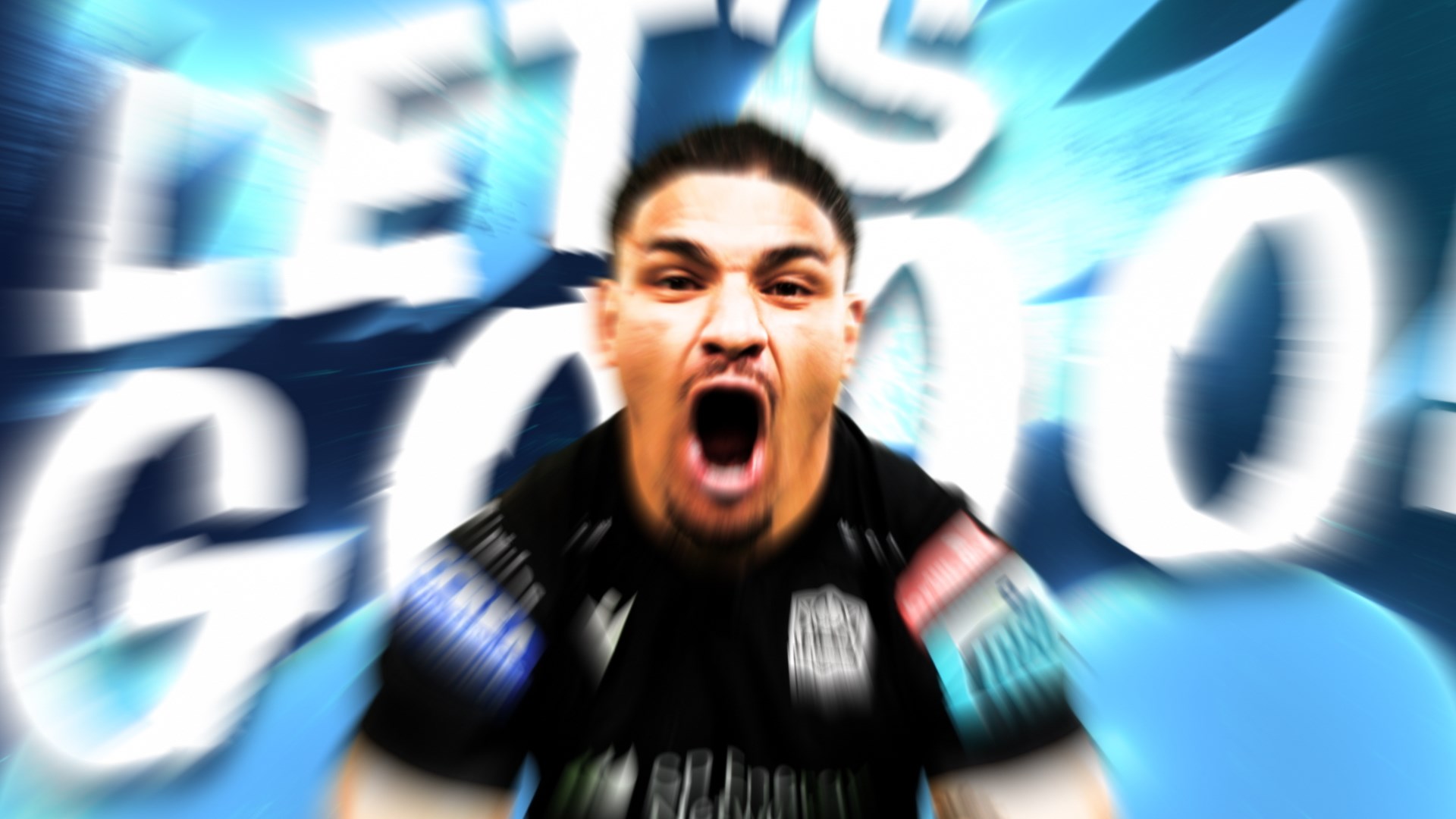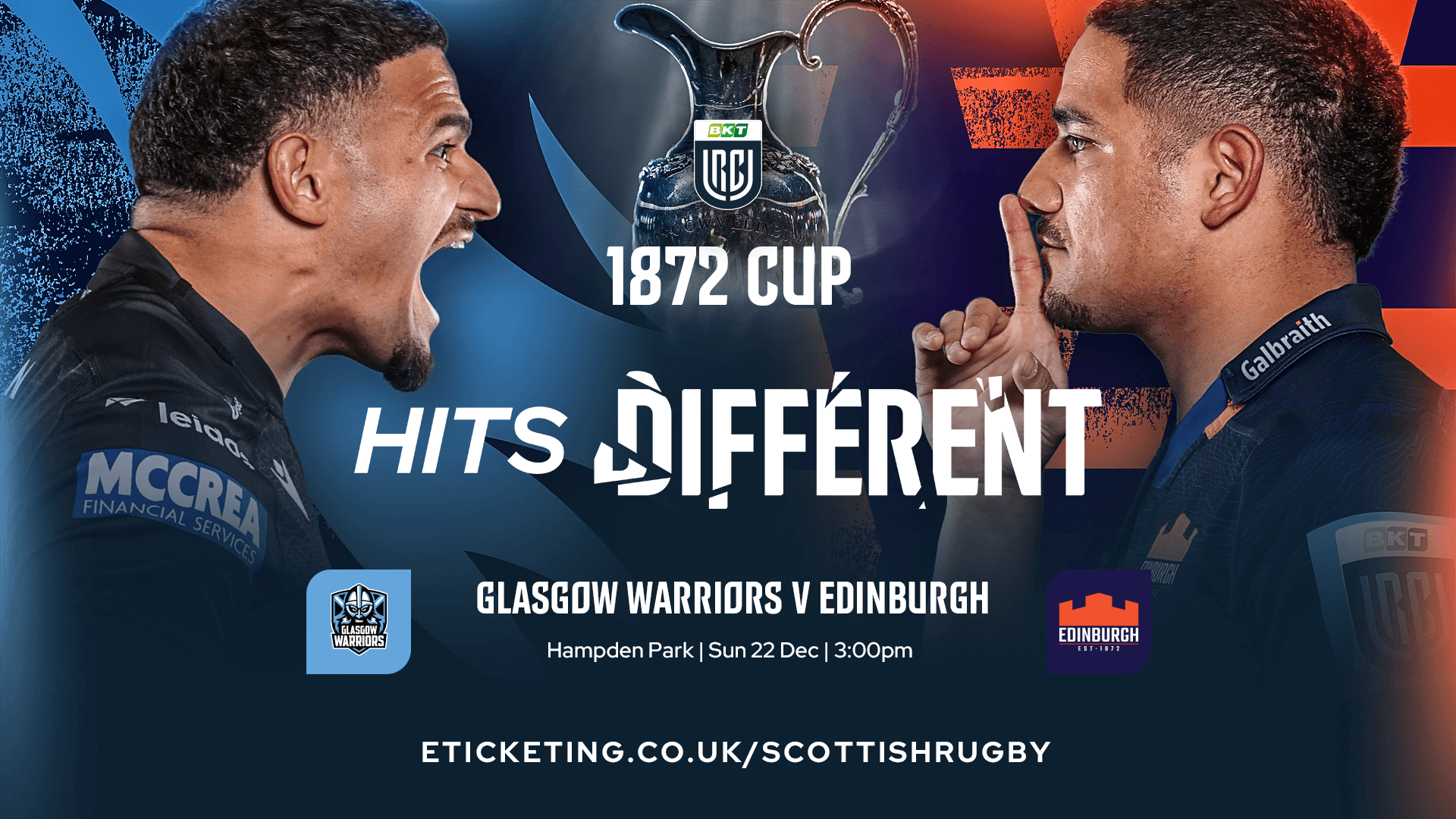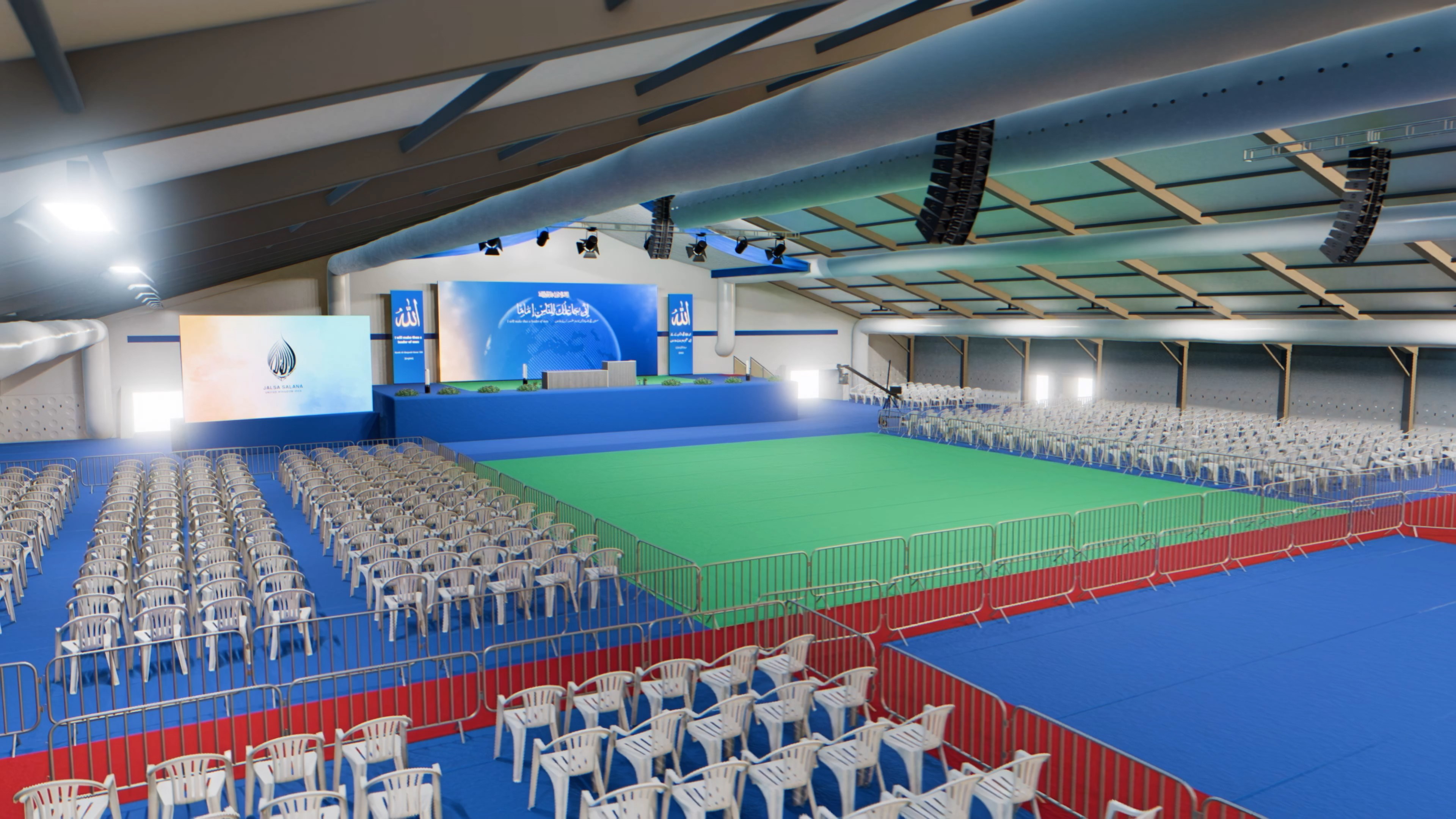

URC Fixtures Announcement
URC Fixtures Announcement
Gamifying a sports event to increase engagement.
Gamifying a sports event to increase engagement.
Using AI for the first time as a tool to step outside my comfort zone.
Using AI for the first time as a tool to step outside my comfort zone.
URC wanted to announce the next Fixtures, however they wanted to gamify it with a retro Street Fighter style aesthetic. I knew a traditional filter in Photoshop would not suffice, but AI would stand a much better chance. So I researched an AI approach, trying both Stable Diffusion and a couple of smartphone apps. The criteria was to achieve the 90s video game art style, heavily stylised and and bright coloured. The results also had to remain consistent across all players to make it feel part of the same 'game'.
URC wanted to announce the next Fixtures, however they wanted to gamify it with a retro Street Fighter style aesthetic. I knew a traditional filter in Photoshop would not suffice, but AI would stand a much better chance. So I researched an AI approach, trying both Stable Diffusion and a couple of smartphone apps. The criteria was to achieve the 90s video game art style, heavily stylised and and bright coloured. The results also had to remain consistent across all players to make it feel part of the same 'game'.
URC wanted to announce the next Fixtures, however they wanted to gamify it with a retro Street Fighter style aesthetic. I knew a traditional filter in Photoshop would not suffice, but AI would stand a much better chance. So I researched an AI approach, trying both Stable Diffusion and a couple of smartphone apps. The criteria was to achieve the 90s video game art style, heavily stylised and and bright coloured. The results also had to remain consistent across all players to make it feel part of the same 'game'.




The first day was spent on attempting to become acquainted with Stable Diffusion. A local level AI solution that I would be in control of with regards to consistency across the player roster. Watching tutorials, downloading several files, figuring out which AI Model to download to generate the style we were after and then how to do in-painting etc. It soon became clear to me that this path was overkill. I just need some simple filters applied to some portraits. Then I remembered the various intuitive one-click AI filters you find on TikTok. I thought, 'Surely, there must be an app for this.' I was right- several apps showed up on both iOS and Android. After some testing with different photos and styles, MirrorAI yielded the best results. Thus, the project was greenlit. However, AI was not a one-click solution. The AI is limited to 960x960 resolution outputs, so if you submit a full-length photo of a person for processing, you lose significant detail in their face. So I cropped the torso and head separately and submitted the individual images into the app. This allowed for the entire 960x960 to be solely focussed on the head, allowing for more accurate and detailed results. This turned out to be an excellent move as the faces started coming to life after that. And yet, for several players, I still had to generate many iterations before I got a result that I was happy with. Even then, there were inconsistencies like different skin tones for the same player across different AI results. In some cases, such as Ewan Roos (see breakdown image below), the hair was better in one iteration, and the smile was better in another. Finally, the separate images of each player were brought into Photoshop and blended using a combination of layer masks, Clone Stamps, AI Generative Fills and Camera Raw.
The first day was spent on attempting to become acquainted with Stable Diffusion. A local level AI solution that I would be in control of with regards to consistency across the player roster. Watching tutorials, downloading several files, figuring out which AI Model to download to generate the style we were after and then how to do in-painting etc. It soon became clear to me that this path was overkill. I just need some simple filters applied to some portraits. Then I remembered the various intuitive one-click AI filters you find on TikTok. I thought, 'Surely, there must be an app for this.' I was right- several apps showed up on both iOS and Android. After some testing with different photos and styles, MirrorAI yielded the best results. Thus, the project was greenlit. However, AI was not a one-click solution. The AI is limited to 960x960 resolution outputs, so if you submit a full-length photo of a person for processing, you lose significant detail in their face. So I cropped the torso and head separately and submitted the individual images into the app. This allowed for the entire 960x960 to be solely focussed on the head, allowing for more accurate and detailed results. This turned out to be an excellent move as the faces started coming to life after that. And yet, for several players, I still had to generate many iterations before I got a result that I was happy with. Even then, there were inconsistencies like different skin tones for the same player across different AI results. In some cases, such as Ewan Roos (see breakdown image below), the hair was better in one iteration, and the smile was better in another. Finally, the separate images of each player were brought into Photoshop and blended using a combination of layer masks, Clone Stamps, AI Generative Fills and Camera Raw.
The first day was spent on attempting to become acquainted with Stable Diffusion. A local level AI solution that I would be in control of with regards to consistency across the player roster. Watching tutorials, downloading several files, figuring out which AI Model to download to generate the style we were after and then how to do in-painting etc. It soon became clear to me that this path was overkill. I just need some simple filters applied to some portraits. Then I remembered the various intuitive one-click AI filters you find on TikTok. I thought, 'Surely, there must be an app for this.' I was right- several apps showed up on both iOS and Android. After some testing with different photos and styles, MirrorAI yielded the best results. Thus, the project was greenlit. However, AI was not a one-click solution. The AI is limited to 960x960 resolution outputs, so if you submit a full-length photo of a person for processing, you lose significant detail in their face. So I cropped the torso and head separately and submitted the individual images into the app. This allowed for the entire 960x960 to be solely focussed on the head, allowing for more accurate and detailed results. This turned out to be an excellent move as the faces started coming to life after that. And yet, for several players, I still had to generate many iterations before I got a result that I was happy with. Even then, there were inconsistencies like different skin tones for the same player across different AI results. In some cases, such as Ewan Roos (see breakdown image below), the hair was better in one iteration, and the smile was better in another. Finally, the separate images of each player were brought into Photoshop and blended using a combination of layer masks, Clone Stamps, AI Generative Fills and Camera Raw.















Adapting the format for socials was not initially planned, it was only realised we needed that at the end of the project. It could have been either 1:1, 4:5 or 9:16. I tried removing and adding different elements, ensuring the trophy would remain at the forefront of the piece. What I ended up with was a hybrid between 4:5 in the actual content, extended out to 9:16 so it could fill the canvas of a smartphone. Overall, this project was very exciting for me as I was outside my comfort zone, trying new tools and workflows to expand my skill set. I've learned that at least for now in the Spring of 2024, AI is not replacing me- it is just another tool in my toolbox which I can use as I continue refining my craft.
Adapting the format for socials was not initially planned, it was only realised we needed that at the end of the project. It could have been either 1:1, 4:5 or 9:16. I tried removing and adding different elements, ensuring the trophy would remain at the forefront of the piece. What I ended up with was a hybrid between 4:5 in the actual content, extended out to 9:16 so it could fill the canvas of a smartphone. Overall, this project was very exciting for me as I was outside my comfort zone, trying new tools and workflows to expand my skill set. I've learned that at least for now in the Spring of 2024, AI is not replacing me- it is just another tool in my toolbox which I can use as I continue refining my craft.
Adapting the format for socials was not initially planned, it was only realised we needed that at the end of the project. It could have been either 1:1, 4:5 or 9:16. I tried removing and adding different elements, ensuring the trophy would remain at the forefront of the piece. What I ended up with was a hybrid between 4:5 in the actual content, extended out to 9:16 so it could fill the canvas of a smartphone. Overall, this project was very exciting for me as I was outside my comfort zone, trying new tools and workflows to expand my skill set. I've learned that at least for now in the Spring of 2024, AI is not replacing me- it is just another tool in my toolbox which I can use as I continue refining my craft.
Client
Client
URC
URC
Industries
Industries
Sports
Sports
Services
Services
2D AI
2D AI
Ataur-Raziq Gonzalez | Digital Artist
Ataur-Raziq Gonzalez | Digital Artist
Ataur-Raziq Gonzalez | Digital Artist





